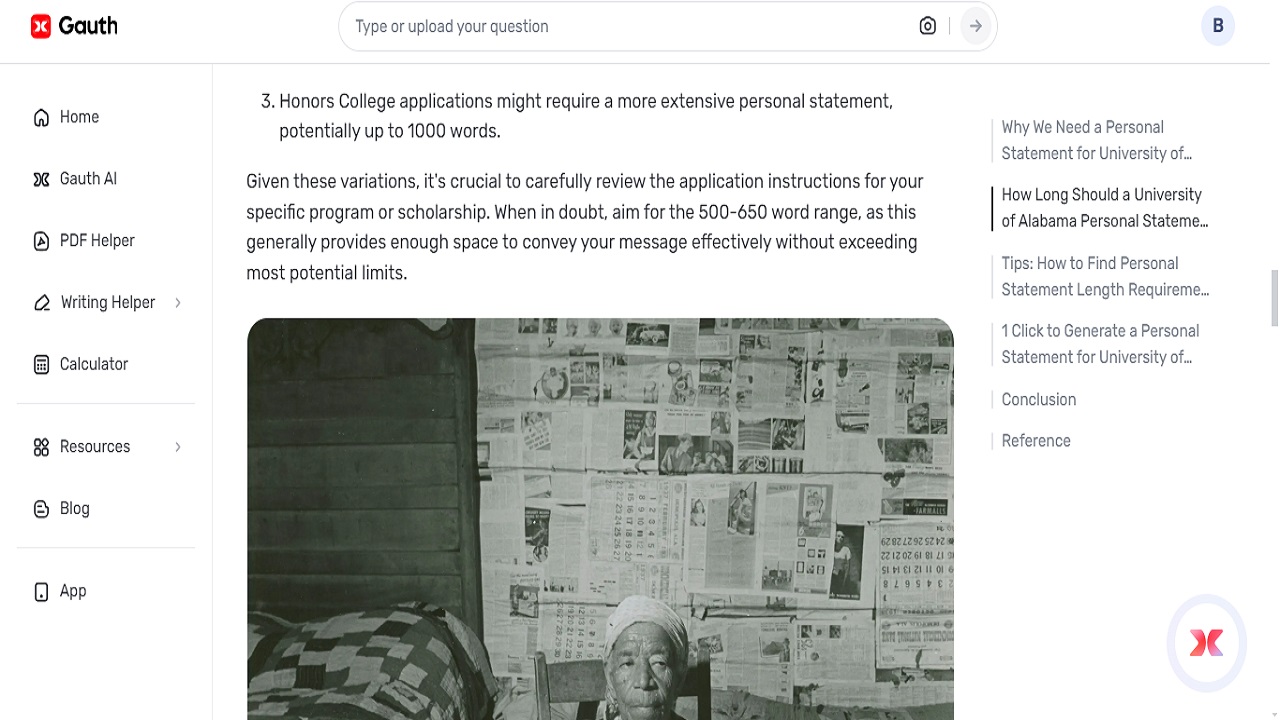Writing a statement depends on the medical residency application which is very essential. It is your chance to tell more than your GPA, your achievements, and your dreams of becoming a doctor. By using such tools as Gauth, it is possible to expand the range of formats for your personal statement, while considering personal statement examples will make sure that your story will be interesting for the admission committee. Below is a brief on the different formats and how to identify which format suits you as a medical resident.
Knowing the Formats of Personal Statements
Personal statements can be written in several formats and each format is used for a particular reason. Learned that the format you use can determine the reception of your story making it very important to ensure that the right format is chosen.
Narrative Format
One of the benefits of narrative writing is that you can history tell a story, though typical narratives are based on a personal experience. This approach can be very useful for medical residents as it removes the clinical robotic feel to your application and shows a process of getting into medicine.
Example
Start from an experience in healthcare volunteer work and tell the experience as to how it introduced a passion for a medical career. After you provide Gauth with the details of your story you can be assisted to frame your story’s structure in a way that you will make the reader stick to it.
Thematic Format
In this format, you concentrate on certain areas of interest that reveal your suitability and interest in the course. They could work on themes such as compassion, or personal persistence and leading to medical fundamentals.
Example
You can decide to categorize some of these areas of interest into different sections such as patient care, research, and community service, and theme them to match your consistent theme of serving the healthcare sector tightly. Gauth can help in coming up with thematic statements and checking for structural coherence from section to section.
Chronological Format
The chronological format gives a timeline of your academic and professional experience, education, internships, and other related experiences. This simple strategy can help bring focus to your credentials.
Example
From your undergraduate years, through medical school, and to your clinical practice. Listing this information helps Gauth sort it in chronological order, especially focusing on the key achievements that marked you for residency.
Choosing the Right Format
It is very important to choose the right format of the personal statement that would make a great impact in delivering the message. Consider the following factors:
Your Story
Reflect on your experiences. However, if you have a great story to tell about why you want to be a doctor, then the narrative format will be ideal. On the other hand, if it is more convenient to demonstrate your strengths with different themes or a certain sequence of changes, it is better to choose the thematic or chronologic organization.
Conclusion
Overall, using Gauth and particularly different statement formats can simply improve the overall practice of writing. Having learned about the narrative, thematic, and chronological structures, you can select what best suits you as a medical resident. No matter which of the formats you decide to use, always keep in mind that the most important things are genuine and logical. When writing your statement, you need to align it with your qualifications, your passion for medicine, and care for the patient.

